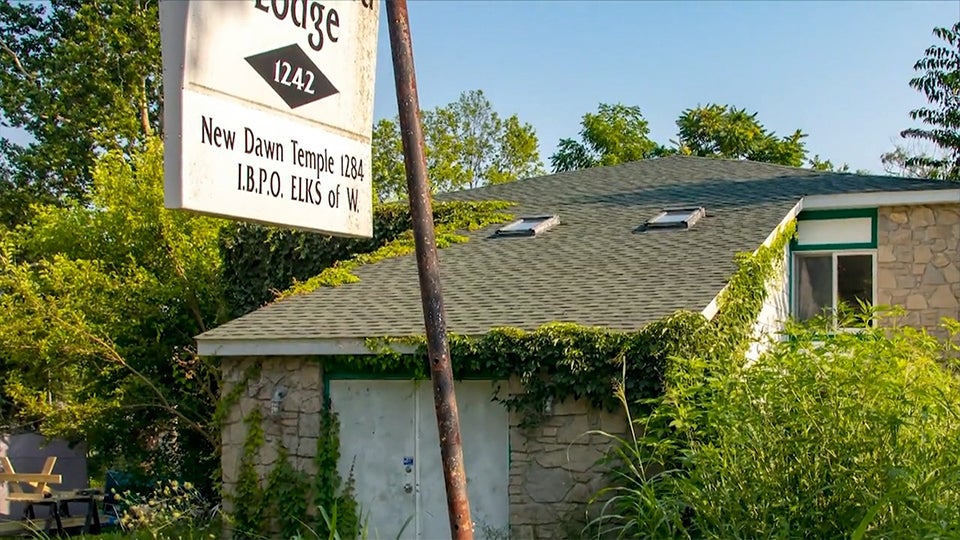Residents hopeful for restoration of B.G. Pollard Lodge
BLOOMINGTON, Ind. (Inside INdiana Business) — A long-vacant building just outside the confines of Indiana University was once a beacon of pride for Bloomington’s Black community. Today, the B.G. Pollard Lodge is a potential target for new development and was placed on the 2021 10 Most Endangered List from Indiana Landmarks. Residents such as former lodge member Gene Devane hope the building can be remembered for what it did for the community.
Around Indiana Reporter Mary-Rachel Redman visited the lodge in a two-part edition of our Endangered Indiana series.
It may not look like much now, but during its heyday in the 1960s, 70s and 80s, the lodge at 1107 West 7th Street was once the epicenter of Bloomington’s Black social scene.
Finished in 1950, the lodge started out a just a single basement. As it become more popular, it earned the nickname “The Hole.”
“It was one of the places that welcomed Black folks,” said Devane.
Click here to watch both parts of our Endangered Indiana spotlight on the B.G. Pollard Lodge.
Originally from North Carolina, Devane came to Bloomington and befriended a then-relatively unknown entrepreneur named Bill Cook. Devane would go on to become a vice president of Cook Medical. Thanks to Devane and other young Black professionals, The Hole got a first floor.
“With a little bit of my influence, I was able to get funding,” said Devane. “We were able to get a community project center there. We hired local people to do community things and it was very, very successful.”
The B.G. Pollard Lodge began its rapid decline in the 90s before being sold in 2006. The buyer is a longtime Bloomington resident, who gave Inside INdiana Business the first look inside the lodge in some 15 years.
Devane says he hopes the lodge can be saved so that it can be remembered for its place in local history.
“The number of people that it served, not only Black folks; it was interracial and I think it should be recognized for no other reason than that,” said Devane. “It was, I don’t want to say the start of integration, but it was part of.”
Civil Rights activist Elizabeth Mitchell echoes that sentiment.
“The main thing is not to forget the history of that building,” said Mitchell. “If it’s not on a national historic site, it should certainly be recognized by the city of Bloomington as a city historic site and that has not happened. They left a footprint here. Let’s not forget what they did.”



